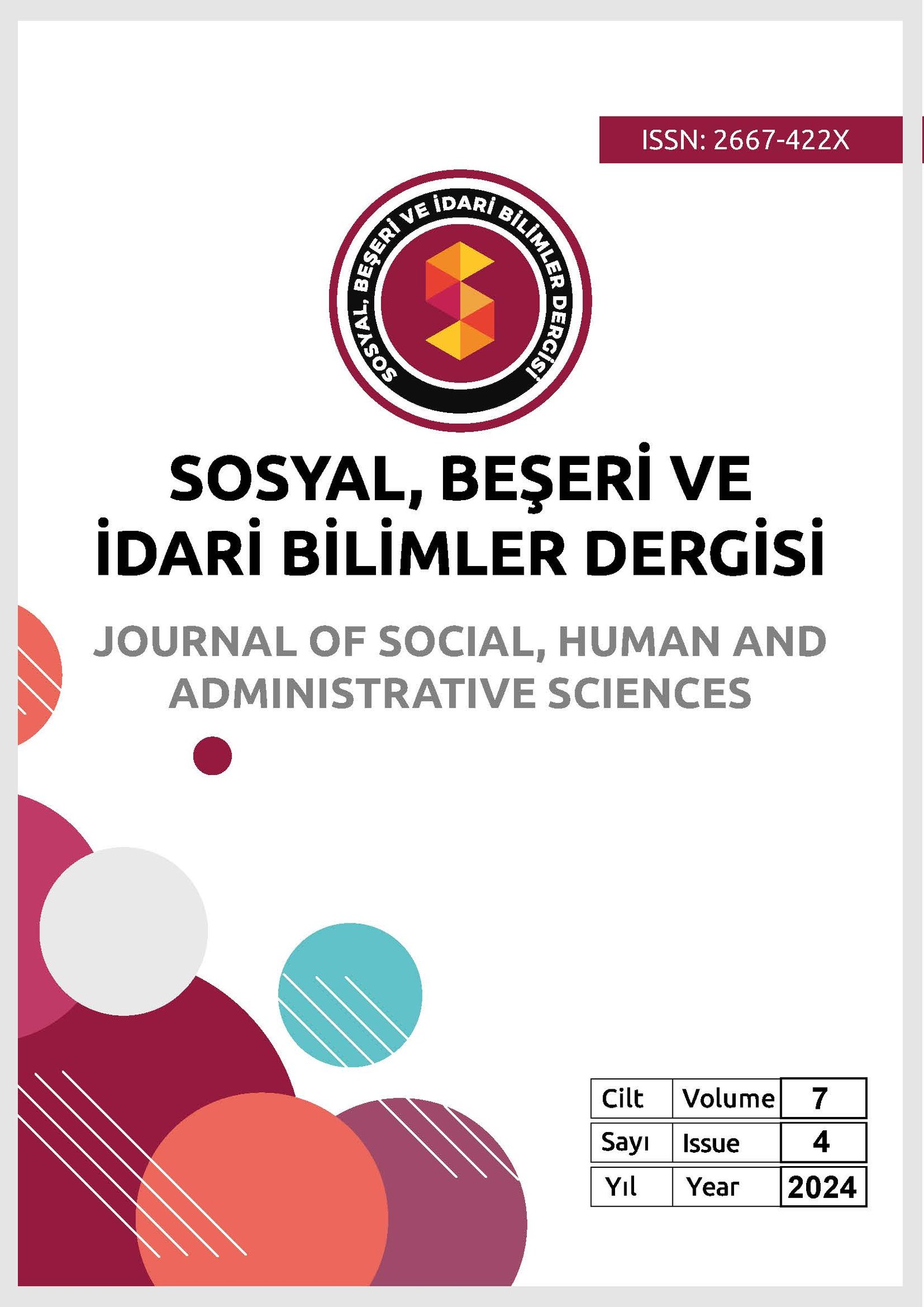Comparison of Organ Names in Turkish Dialects
Main Article Content
Abstract
Geographical location, cultural and political sharing are effective in the relationship between dialects. It also affects the size of the geography where the Turks have struggled from past to present, and the languages of the cultural structure they interact with. These effects create wealth in the Turkish world. In order to determine the kinship of a language and to classify it, the basic vocabulary of the language is used. By revealing their origins, interests and structures, a comparative analysis of organ names is made with the sound changes determined among Turkish dialects. The basic names and common phonetic features that do not change as a result of these examinations support the kinship between the dialects. These organ names, which are discussed, are the basic terms used to determine the connection and separation between dialects. People give various names to the body parts of animals along with their own bodies. In the dialects of the Turkic language, the names of the organs sometimes show similarity and sometimes completely change. It is seen that differences and change increase with geographical distance. The Russian equivalents of the organ names, which are discussed due to geographical proximity and interaction with the dialects of the Turkish language, are also included in the table given. Turkey Turkish, Bashkir Turkish, Azerbaijan Turkish, Kyrgyz Turkish, Kazakh Turkish, Tatar Turkish, Turkmen Turkish, Uyghur Turkish and Russian organ names are compared.
Article Details

This work is licensed under a Creative Commons Attribution 4.0 International License.

